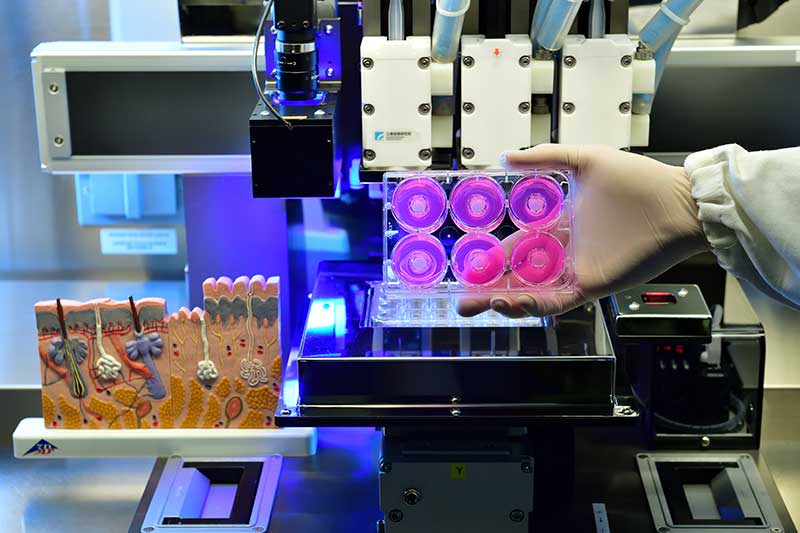Quality & Technology
Quality & Technology

What is Quality?
Print Quality Management is a game changer in the print industry, but we explore how quality is defined and how it has evolved.
Mellow Colour explores the difference between Quality Control, Quality Assurance and Quality Management Systems.
Quality is defined as consistent production of a product or service to an agreed specification, or standard, at an agreed cost. It doesn’t mean the highest quality, it means a ‘mutually agreed’ quality.
The evolution of print quality management is a particularly interesting example of how a craft can evolve into an efficient and modern manufacturing process.
The birth of the printing industry as we know it today was made possible thanks to contributions from China, Germany and elsewhere. The combination of movable type, and early printing machines based on modified wine press technology really got things moving in the middle ages.
For the first time it was possible to print many nearly identical sheets in a short space of time.
The process was controlled by one or two artisans with specialized skills. Craftsmen, perfecting their craft. Sheets were inspected after printing, and those that had visual defects were discarded.
The decision about the suitability of the print to meet client expectations was entirely subjective and completely in the hands of the printer.
This is an early but good example of an inspection-based Quality Control or QC system. It’s a back-end activity for keeping quality levels up.
Over time new technology in platemaking and stereotyping came along which meant it became possible to print the same item on many different presses. This started to create a problem - especially when the client wanted the printed job to look the same, regardless of which press it was produced on.







